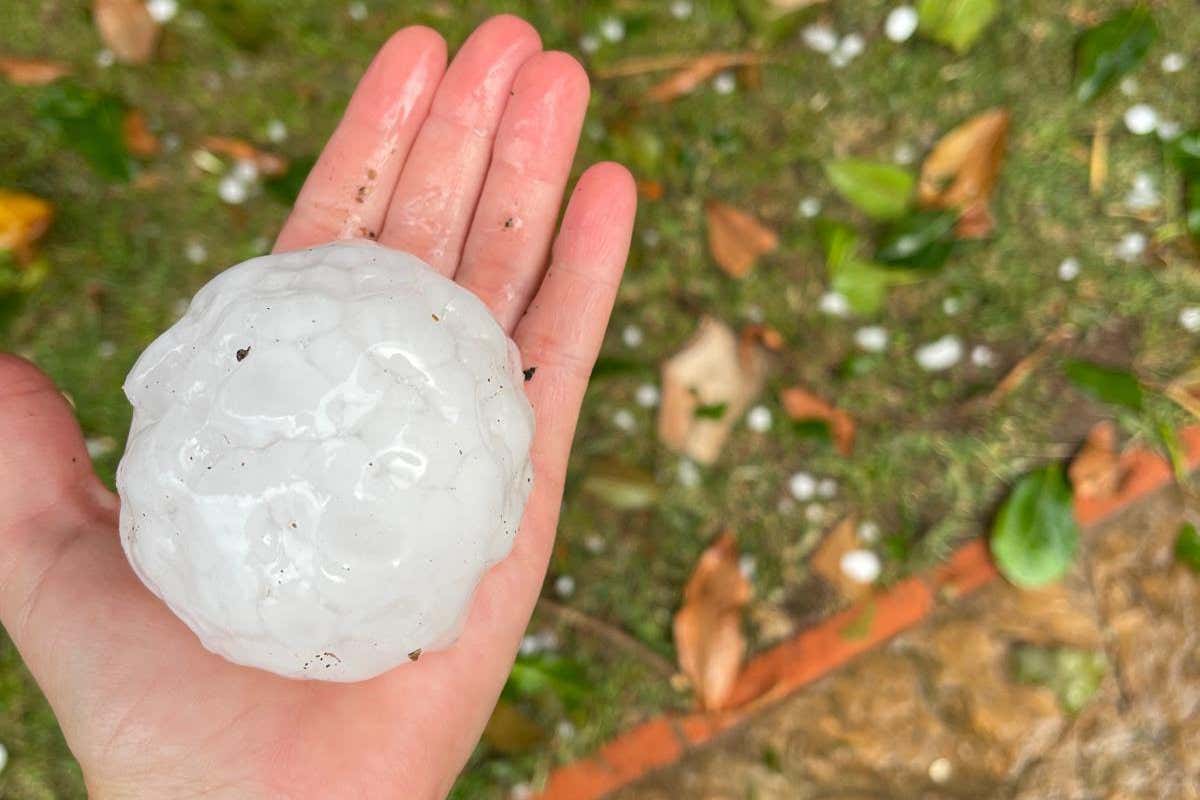A high-resolution view of hailstones the size of tennis balls can reveal how they form – and help researchers better forecast which storms will generate these destructive pieces of ice
By James Dinneen
6 December 2024
A destructive storm in Spain in 2022 produced large hailstones up to 12 centimetres in diameter
Tomeu Rigo Ribas
A scanner at a dentist’s office has produced the first high-resolution 3D images of the internal structure of large hailstones. Such detailed views could help researchers better forecast which storms will generate these destructive pieces of ice.
“The first result was impressive,” says Carme Farnell Barqué at the Meteorological Service of Catalonia in Spain. “Wow! We can see the interior of the stone without breaking it. We could see different layers, with different densities.”
Read more
Geoengineering could save the ice sheets – but only if we start soon
Advertisement
The hailstones fell during an intense storm that struck the north east of Spain in 2022, killing one child, injuring dozens of people and causing millions of dollars’ worth of damage. The largest hailstones that fell had diameters of 12 centimetres, about twice the size of a tennis ball.
A few days after the storm, Farnell Barqué and her colleagues asked around to see if anyone had kept some of the hail. They collected 14 hailstones, up to 8.5 centimetres in diameter, that people had stored in plastic bags in their freezers.
Hailstones form when layers of supercooled water accumulate on an initial embryonic ice particle in a storm. The shape and density of these layers of ice within hailstones can reveal details about the growth process. But normally, researchers can only study a few cross-sections of a single hailstone by slicing open the ice with a hot knife.
